Gerhard Daumüller offers an assortment of native edible flowers such as pansies, borage flowers, snapdragons, cornflowers and daisies. The flavors are manifold. “The subtle spicy nuances of pansies, for example, are particularly effective in appetizers, salads and desserts, while cornflowers are reminiscent of fresh grain and harmonize well with fish, such as in a trout tartare, or daisies, which taste wonderfully nutty,” enthuses Daumüller. “Snapdragons have a fresh aroma, while borage flowers have an aroma which is reminiscent of cucumbers and looks great in butter or salads”.
His company Keltenhof supplies catering and gastronomy businesses in Germany, Switzerland and Italy, including airlines that want to offer their first-class customers a little something special. Harvesting is always done by hand. Then it’s straight into a refrigerated warehouse. “The ideal storage temperature is around 37 to 44 degrees Fahrenheit, depending on the type of flower,” says Daumüller. “We harvest, the goods are shipped overnight to our partner, who guarantees an unbroken cold chain, and within a day the product is at the customer’s site.” A process that has proven effective at Keltenhof is freeze-drying in a vacuum. “This preserves the blossom’s appearance and its essential characteristics. We have gained a lot of experience working with bars. They are then often much better off working with dried blossoms rather than fresh ones, because you don’t have to be as careful when using them,” continues the plant expert. He adds, “In upscale gastronomy, however, dried blossoms are only an alternative product.”
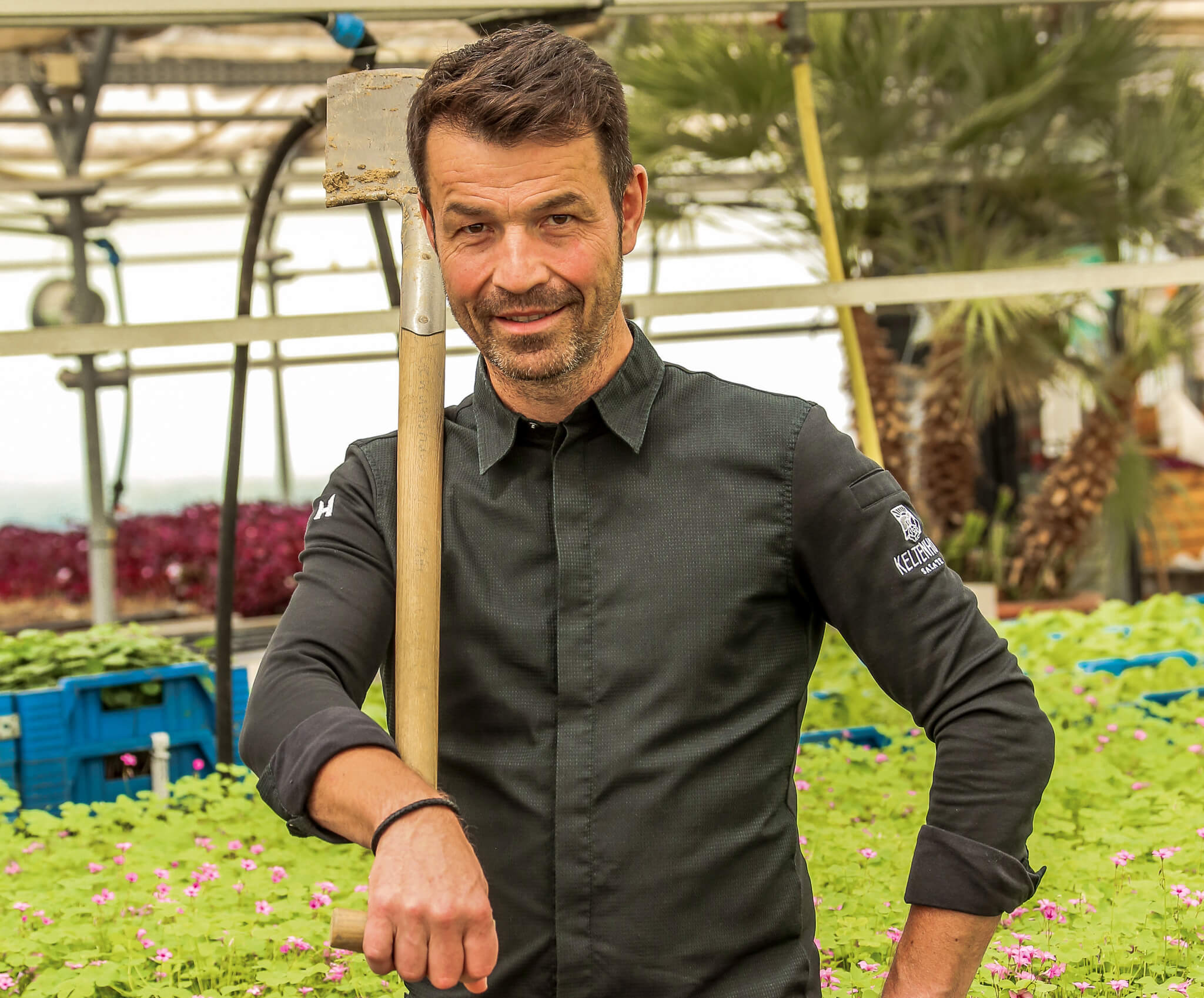
Gerhard Daumüller | Image: Keltenhof
Do it yourself?
When it comes to home-grown products, Daumüller says that you are welcome to try out simple and well-known varieties. “Everything that is more complex should be left to an expert. However, you shouldn’t include flower cultivation in your restaurant concept.” Their cultivation and care is too fragile and difficult. Marcel Thiele also agrees with this point. The trained pastry chef and chef de cuisine has been working for the Dutch company Koppert Cress as Development Manager for almost six years. As a high-end culinary expert, he advises the top elite of the catering and hotel industry in Europe. As a spice hunter, he also researches the health benefits of plants around the world and is regarded as an expert on new developments and trends in culinary science. His opinion about self-harvesting is clear. “Be sure to avoid harvesting in the city, near highways or airports at all costs. Flowers are known for their ability to absorb any pollutant. In the past few years, we have also seen highly questionable cases because botanical knowledge was not sufficiently advanced. There’s a reason why we collaborate with toxicologists.” In any case, the flowers that Koppert Cress grows are not suitable for home cultivation. After all, the range includes the most extraordinary varieties in the world. “Nowadays, plants have appeared that have amazing effects. There are flowers that are electrifying, antiseptic or have unbelievable effects on the palate,” says Thiele, as a little preview of what he knows about flowers.
 Marcel Thiele | Image: Thierry Schut Fotografie
Marcel Thiele | Image: Thierry Schut Fotografie
Globally unique
Rob Baan, the food visionary who is at the helm of Koppert Cress, always applies the principle of authenticity and genuineness in the production process. This means that there are no hybrids, no manipulations, no changes that simplify logistics or shelf life. “We are a unique company in the sector and have the most modern greenhouse in the world. These are closed CO²-neutral ecosystems in which we have rotational cultivation in various life-support zones,” says Thiele. “We have an average of 450 top chefs a week who come to our premises from all over the world.” Many a star chef comes by to try out new things or revisit familiar ones. Botanists, toxicologists, experts from the catering industry and from various universities are on hand to consult. Real production only begins after the chef has made their selection. The mother plants are grown under natural conditions at 16 different locations worldwide. “We then return the seeds obtained from these plants to the production facilities, which is unique because we are the only ones in this sector who are making such a major effort,” explains Thiele. The flowers are only harvested when the chef actually needs them and are then delivered to any destination in Europe within 24 hours.
Success achieved with flowers
Anja Quäschning is also pursuing an unusual path with her company, Deutsche Blütensekt Manufaktur. The biologist has transformed her hobby into a profession – she is now one of the best in her field. She supplies fine food companies like Feinkost Käfer or Bos Food. Sommeliers and top chefs rave about her products. Jan Göran Barth, chef to the German Federal President, regularly buys from her for state receptions. Only natural flowers are used, which are picked by hand without leaves or stems and are supplied with fresh spring water. Quäschnings variety is unparalleled worldwide. In addition to classics like elderberry, the assortment includes red and white acacia blossoms, magnolias or wild mallows – Quäschning uses a total of over 60 different varieties. “The blossoms are harvested by hand, carefully sorted and used while still freshly picked. We cultivate and produce all products ourselves.” Quäschning has very successfully carved out a niche for herself. “I have discovered a completely new world of flavors that was previously unknown. Thanks to my enormous variety of flower delicacies and their outstanding, natural quality, I have had no competition so far.”
Cooking according to the Mother Earth principle
The Mother Earth principle is a particularly attractive way of incorporating flowers into dishes. Based on UN Sustainable Goals, which set the highest goals worldwide for sustainability and treating the Earth with respect, Marcel Thiele and his team developed a blueprint that can be used in every kitchen. The principle can be used by everyone, regardless of whether you are a cook at an inn, a caterer or a 3-star chef. Creativity knows no bounds. The only requirement is that the dish must be 80% plant-based and contain very little salt and sugar. Give it a try!
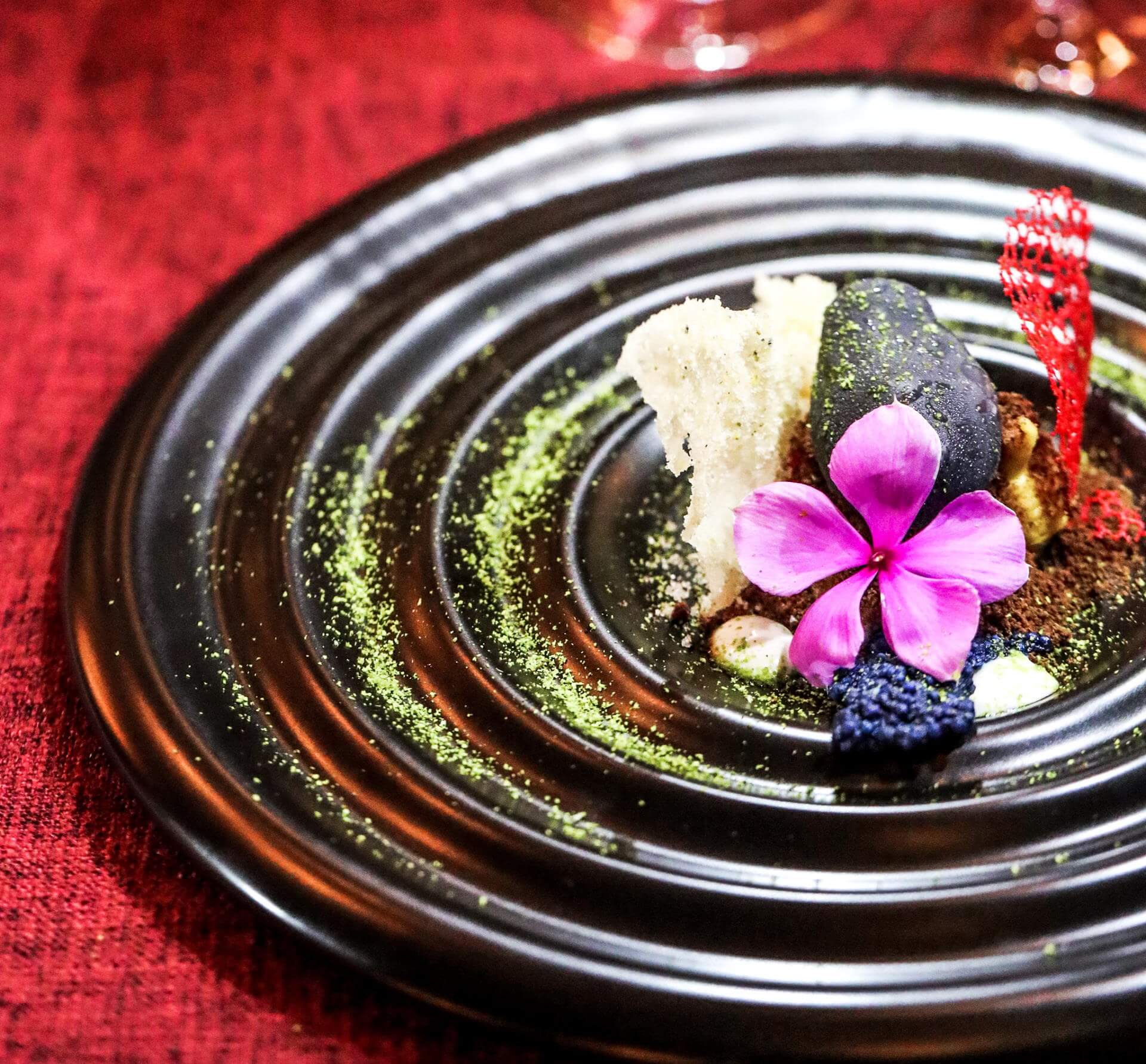
Image: Koppert Cress
Color play
Zallotti Blossoms are also very exciting. The flowers have an intricate sweetness and taste like peppermint and basil with subtle hints of raspberry and strawberry. The stalk holds yet another mystery that never ceases to amaze guests. “When infused with hot water, the water first turns green and then deep blue; if acidity is added, the color changes to bright pink within seconds. This effect is popular in bars,” explains Marcel Thiele.
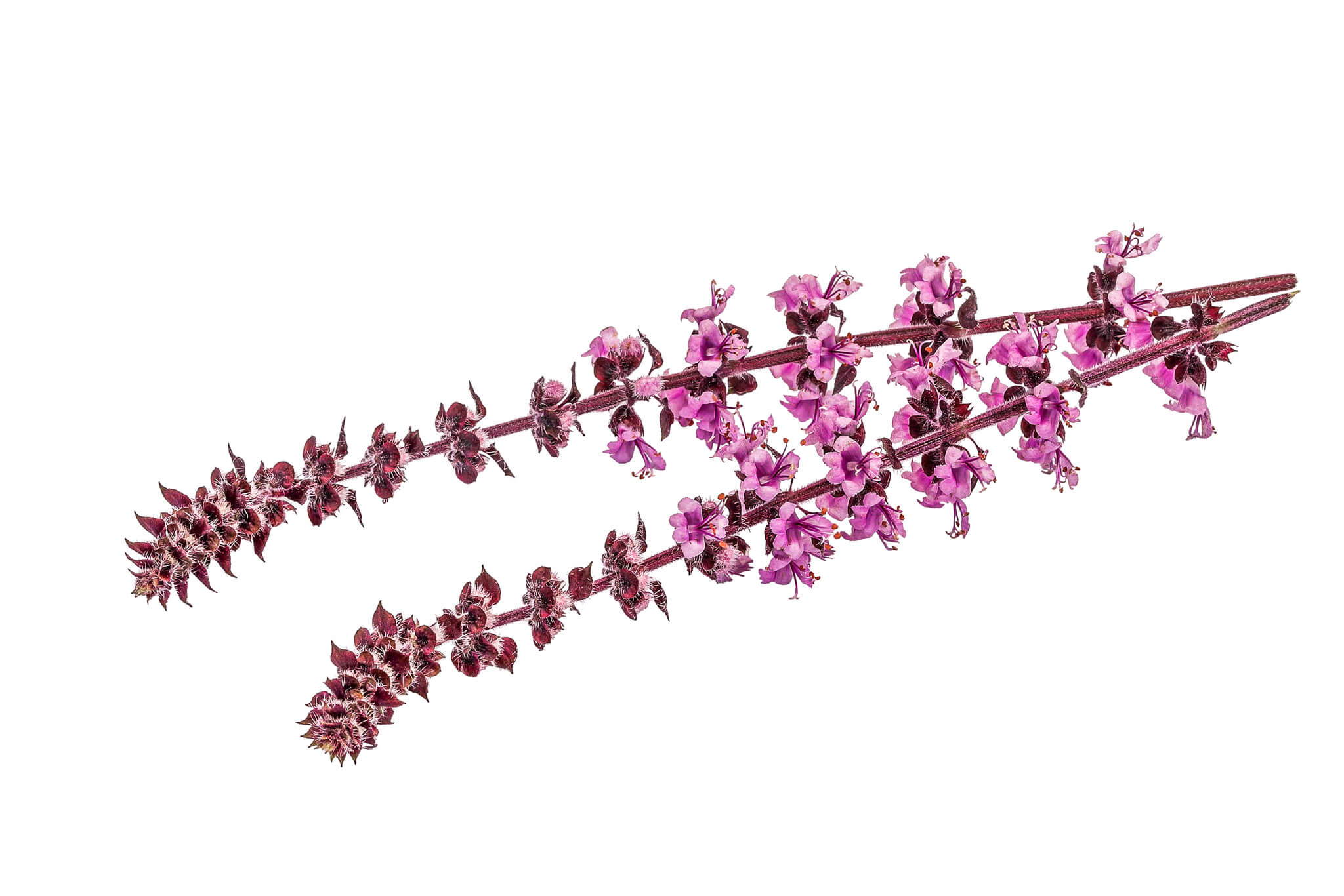
Image: Koppert Cress
Edible diamonds
Yet another fascinating flower is the BlinQ Blossom. It grows near Durban in South Africa and is also known as an edible diamond. “Some people ask if it’s frozen or sugar-coated, but that’s just how they grow,” explains Thiele. Its taste is slightly salty, pleasant and reminiscent of an ocean wave. This is particularly well received by the elite dining classes. Indeed, the BlinQ Blossom fills a gap in the market. Previously, there was nothing vegan in the high-end sector. “This edible diamond, a natural blossom that looks breathtaking on top of anything – some people have even filled huge champagne goblets with them to prove they can afford these botanical jewels,” says Thiele, describing the “BlinQ effect”.

Image: Koppert Cress
Electric charge
Similar in appearance to camomile, the Sechuan Button is a yellow flower that feels like an 8-volt battery on your tongue. It is native to Madagascar, where it is an integral part of the local cuisine and is consumed in all possible forms to ward off malaria. These days, knowledge like this is always taken into consideration when plants are used in upscale gastronomy. “We have to understand where the product comes from, and why people started
eating these things.
This understanding enables me to integrate the plants into the food; only then can I start to become creative. This is because creativity must always be based on a logic,” Thiele explains. These electric blossoms are versatile and and can be used in many different ways. Even small amounts are enough. Since it can increase the tongue’s sensory capacity by up to 80 percent, it is also often used as a secret ingredient. “All other tastes in the dish are catapulted to a new, fresher level by the Sechuan Button.” The flower can be found in salts, signature drinks, vinaigrettes, desserts, even in beer or wine like Julius Klein’s popular Electric Secret.
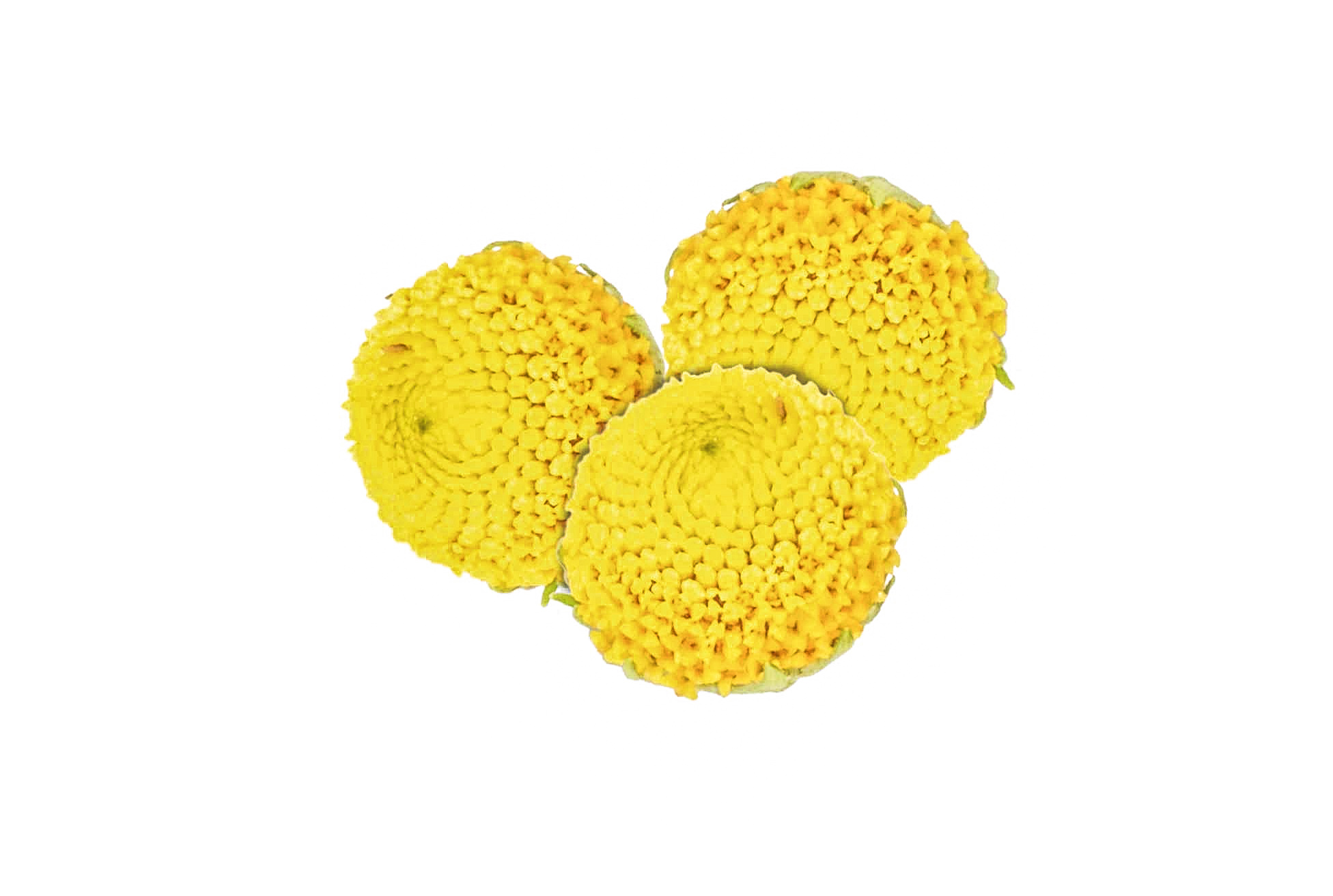
Image: Koppert Kress
Small wonder
The Dushi Botton is a very inconspicuous, but impressive example. With its 84 different taste components, this Caribbean plant is one of the most aromatic flowers in the world. Bouquets of stevia, vanilla, camomile, rose, lavender, oregano and much more explode onto the palate. It is often combined with acidic foods. “But if you take a look at traditional cuisine, you will be amazed to find that the flowers are served with shellfish and this is where they reveal their full spectrum,” reveals Thiele.
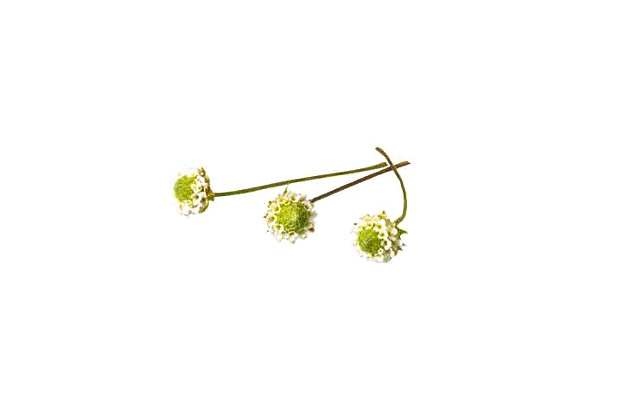
Image: Koppert Cress


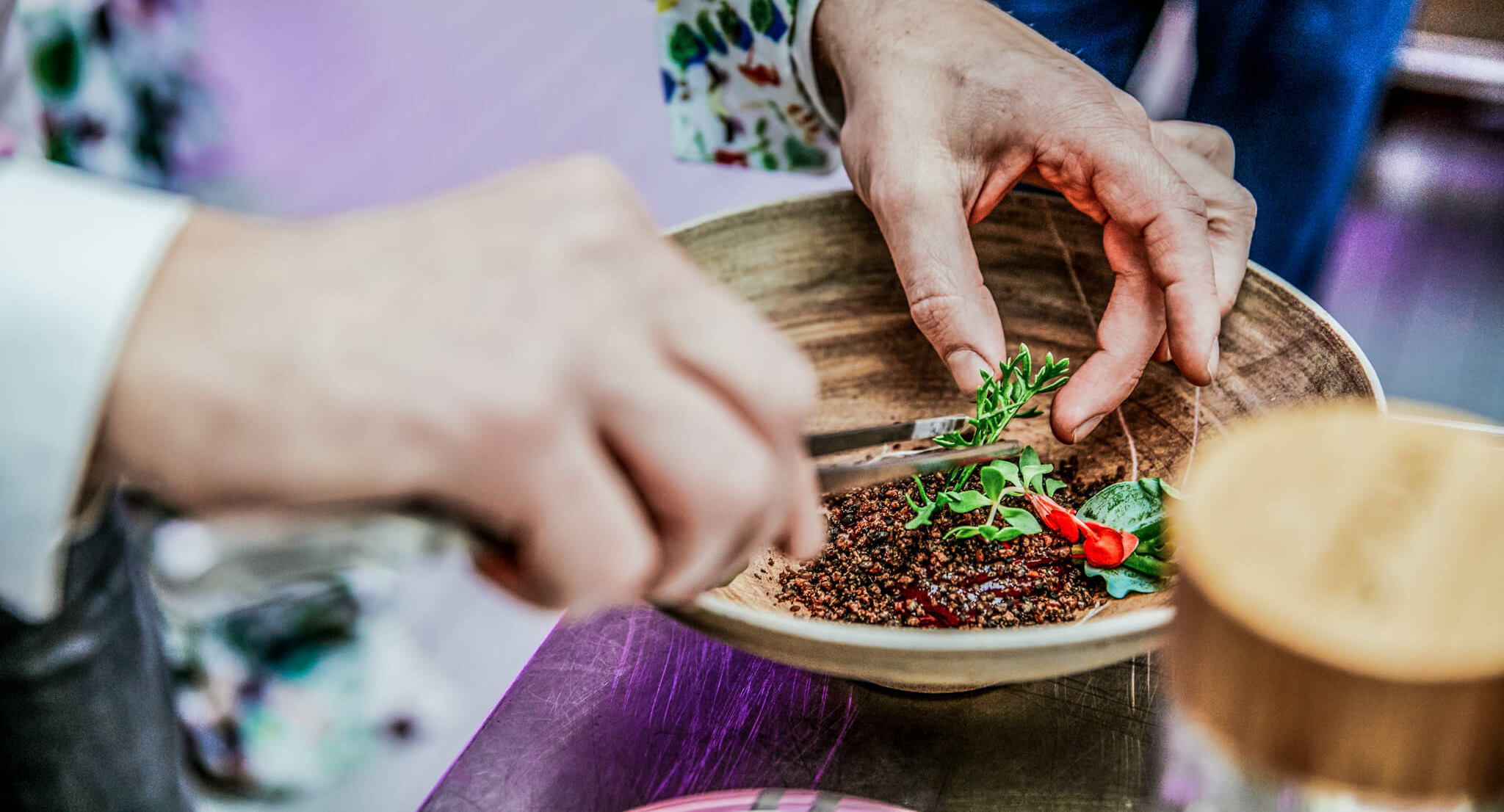








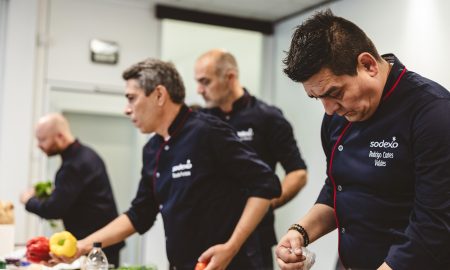
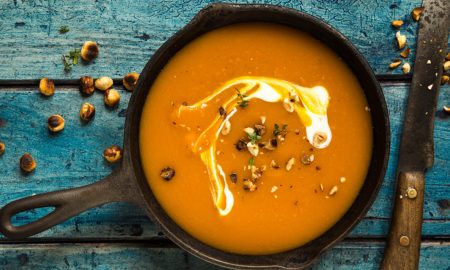
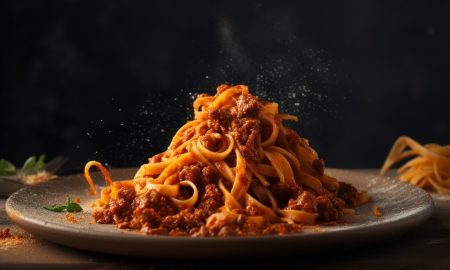


Pingback: Bourbon vanilla – black Madagascar gold | KTCHNrebel